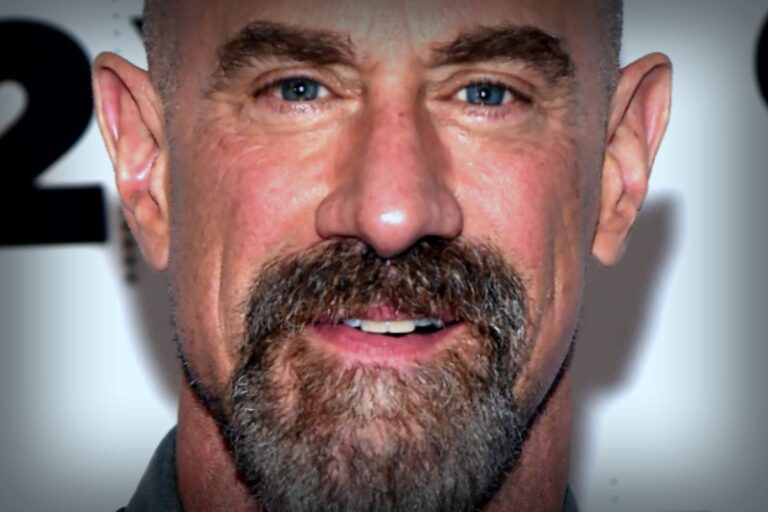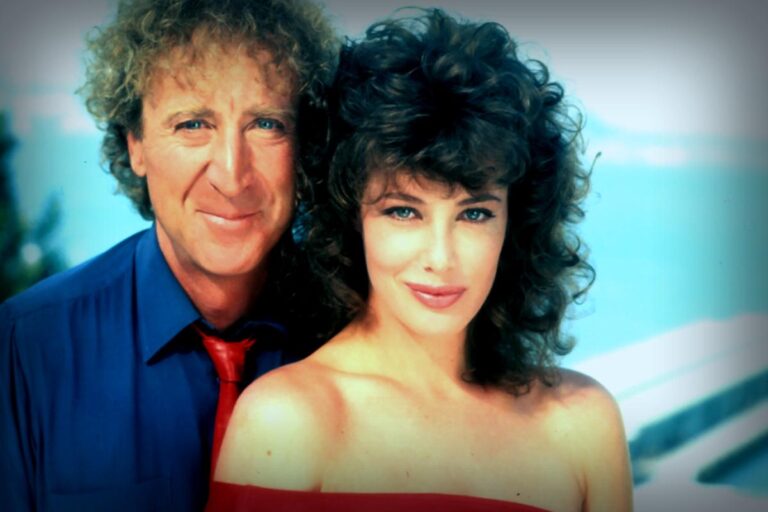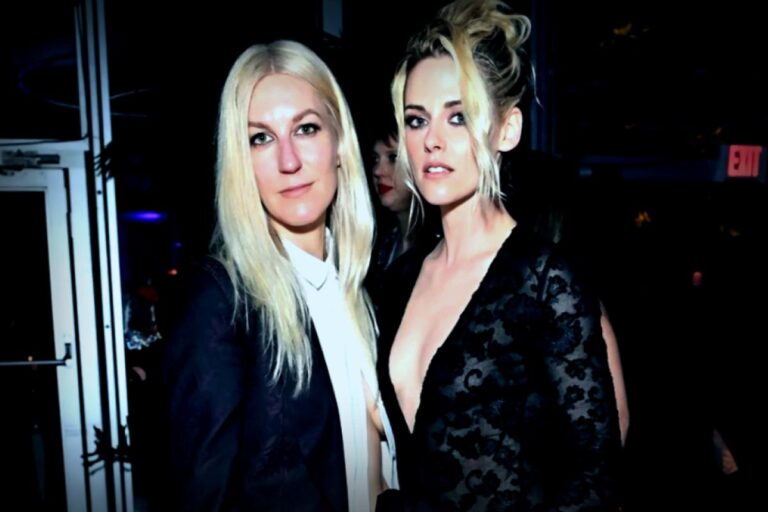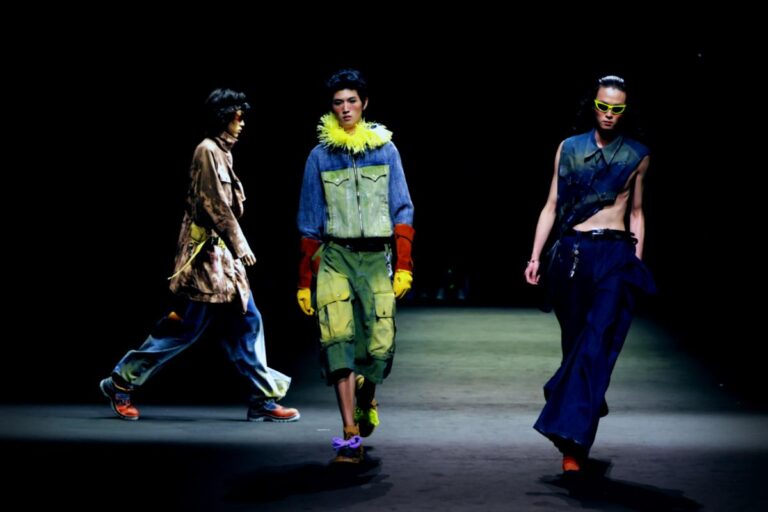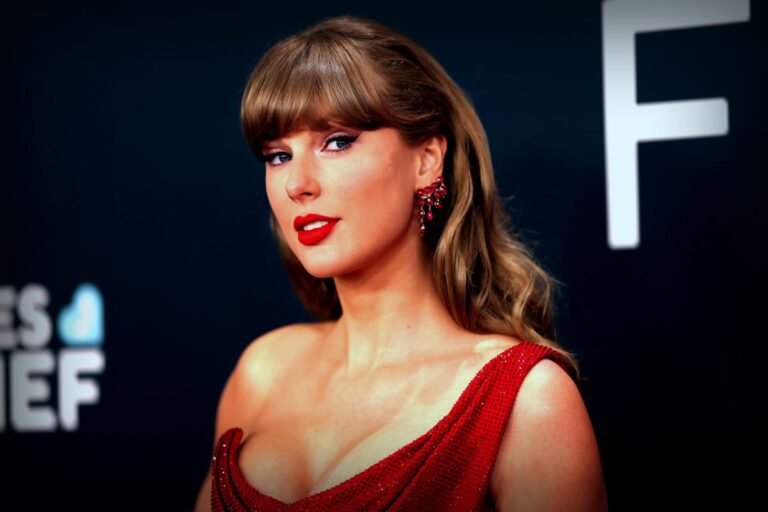When you scroll through your favorite social media apps like Instagram and TikTok, it’s impossible to miss the explosion of skincare content. We’re talking about glowing selfies, ‘shelfies’ filled with a multitude of serums, and even skincare routines that can take over ten steps! Just a little while ago, skincare seemed to sit in the shadows, overlooked in favor of makeup and fashion. But thanks to influencers, everything about skincare has changed — how we engage with it, where we buy it, and even how we apply it. Here’s a look at how these social media figures reshaped the skincare landscape.
From Personal to Public: The Skincare Revolution
In the pre-influencer era, skincare was pretty personal. People might share their go-to moisturizer with a friend, but most wouldn’t share it widely. That all changed when influencers entered the scene. Suddenly, daily routines became highly entertaining spectacles. Morning and nighttime regimens didn’t just remain private chores; they turned into engaging videos that people tune in for regularly.
This transformation didn’t merely make skincare a social affair; it also normalized the practice of dedicating time and resources to it. Your bathroom mirror became a stage where skincare items played a vital role in a broader lifestyle narrative.
The Routine Takes Center Stage
Influencers have truly highlighted the importance of routines, frequently showcasing extensive skincare processes inspired by Korean beauty principles. The now-famous ‘10-step routine’ didn’t gain traction because of dermatologists’ endorsements; it thrived due to the influencers. Step-by-step videos, complete with catchy soundtracks and product links, transformed skincare into an enjoyable process, blending self-care with personal ritual.
This shift meant that skincare became all about collecting and combining products instead of searching endlessly for just that one magic cream. Influencers made the idea of layering serums and experimenting with various acids not only acceptable but aspirational for their followers.
Educating with a Side of Entertainment
One of the significant impacts of influencers is their approach to educating their followers about skincare. Now, we frequently see dermatologists and estheticians sharing information side by side with beauty enthusiasts, breaking down those complex ingredient lists, debunking common skincare myths, and making scientific concepts digestible in fun, viral formats.
Terms that were once mere jargon like ‘hyaluronic acid’, ‘niacinamide’, and ‘retinoid’ are trending on platforms like TikTok today. This blend of education and entertainment has empowered many consumers to make better-informed skin choices, or at least feel like skincare whizzes in their own homes!
Breaking Barriers: Access and Adaptability
Influencer culture shattered the grasp that traditional beauty magazines and pricey department store counters had over skincare. Instead of being reliant on the opinions of editors, ordinary individuals can now showcase what actually worked for them and reach an audience. A teenager sitting in their bedroom could create a viral review of an expensive drugstore cleanser, leading to product sellouts overnight.
This wave of democratization reshaped the market dynamics. Affordable brands began to gain a reputation through word-of-mouth, while high-end brands suddenly needed to prove their worth beyond just slick marketing. Customers increasingly demanded honesty, authenticity, and real results.
The Downside: A Culture of Overconsumption
Yet, not all changes are rosy. The rise of influencer-promoted ‘shelfies’ has fostered a culture that champions more over less. Showcasing dozens of serums became a символ статуса. hauls and unboxing videos fueled rampant consumerism, making it almost normal to purchase far more products than anyone realistically needs.
This habit of overconsumption has led to issues like wastage, confusion, and sometimes, irritation caused by playing with too many active ingredients all at once. While influencer culture was mostly about raising awareness, it also set a perpetual routine of chasing the latest and greatest trend.
Quick Trends Outpace Science
Social media is all about rapid-fire content, but scientific validation takes time. Influencer culture sped up the trend cycle, allowing products and ingredients to gain attention long before establishing their efficacy through research. We saw examples like DIY lemon juice masks and using toothpaste for pimple care — quick buzzes that often harmed more than helped.
Even emerging products, despite being of higher quality, find themselves lost in the whirlwind of trends. Yesterday’s trendy niacinamide could quickly be overshadowed by snail mucin tomorrow, and it raises the question — is skincare about health anymore or more of a fashion statement?
Growing the Skin Positivity Movement
Despite its pitfalls, influencer culture has ushered in positive changes too. Influencers have made it more common for individuals to embrace showing off their true skin, imperfections and all. Popularizing ‘get unready with me’ videos has brought behind-the-scenes authenticity to the forefront, while acne-positive pioneers have gone a long way in challenging the stigma against troubled skin.
This skin positivity wave reshaped our conception of skincare from a means to hide imperfections to an act of self-love and self-expression. This transformation appears especially empowering for younger generations.
Examining Where We Stand Today
The influence of social media reshaped skincare into a significant cultural force—tied to wellness, beauty, and parts of personal identity. It has made ingredients commonplace, launched lesser-known brands into the spotlight, and encouraged countless individuals to take better care of their skin. Nonetheless, it has also led to consumer overload and confusion, leaving many feeling stuck in a world of plenty.
The way forward may lie in finding that sweet spot: maintaining accessibility and education while toning down the hype and waste. Influencers are here to stay, but the discourse is slowly moving toward sustainability, minimalism, and repairing skin barriers.
Final Thoughts
The shift facilitated by influencer culture didn’t just transform skincare—it reinvented its entire essence. Skincare has evolved into a multi-faceted experience encompassing entertainment, education, self-care, and consumerism. Now, buying products is not only about usage; it’s about belonging to a community, following a personal ritual, and keeping up with trends.
The challenge for consumers is to distinguish between real, helpful guidance and what’s just clever marketing. The opportunity lies in leveraging this accessible flow of information to make conscious and smarter skincare choices. At its core, influencer culture elevated skincare from a mere routine into a groundbreaking movement.






